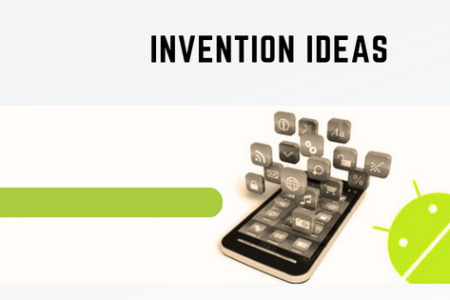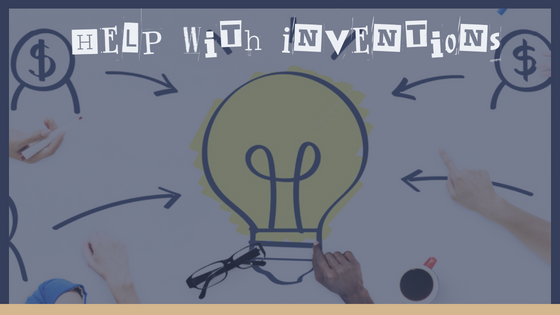Intellectual property is one of the most critical assets that an inventor can protect. However, dealing with patent services—deciphering patent laws, filing the correct paperwork, and understanding the overall patent application process—can be an overwhelming task for inventors, particularly those with little or no experience in this specialized field. That’s why the support of invention service companies such as InventHelp is vital. They play an instrumental role in helping new inventors safeguard their inventions via patent services. Is there a guarantee of success with InventHelp?
Starting With Why: The Significance of Patents
The crucial role of patents for inventors can not be overstated. Patents legally safeguard an invention, preventing others from copying, selling, or importing the invention without the inventor’s permission. This protection encourages inventors to contribute their innovations to society, secure in the knowledge that their intellectual property rights are protected.
The Complexity of Patent Applications
Obtaining a patent is not as simple as filling out a form. The procedure is technical, complex, and often lengthy. It requires a deep understanding of patent laws and often involves detailed technical descriptions and drawings of the invention.
New inventors, who may be unfamiliar with the complexities of patent law, could face a steep learning curve while grappling with the application process. A poorly written patent application or a failure to fully comply with procedures can lead to rejection and leave the inventor’s idea exposed to exploitation.

Turning to Experts: Patent Services
Enter patent services offered by invention service companies, like InventHelp. They have specialized patent lawyers or agents who understand the complexities of patent law. These professionals work closely with inventors, guiding them through the patent application process, preparing documents, and filing submissions, saving inventors from potential missteps and complications.
Invention Service Companies
InventHelp patent attorneys perform critical services such as drafting patent descriptions, preparing illustrations, conducting patentability searches, filing patent applications and monitoring the patent progress. They can clear hurdles that might seem insurmountable to novice inventors, such as dealing with objections from the patent office or handling provisional patent applications.
Can InventHelp assist with funding? InventHelp does not provide funding for inventors. However, it does have an extensive network of investors who can help you obtain the funds needed to bring your idea to fruition. InventHelp also offers a licensing program that allows inventors to retain full ownership of their patent while still profiting from its use by others.
Conclusion
The role invention service companies play in providing patent referral services is immense. These companies bridge the gap between inventors and patent attorneys, allowing inventors to focus on their core competency: inventing. By helping secure patents, invention service companies play an essential part in ensuring inventors get the credit they deserve and their ideas are protected.
Navigating the world of patent applications can be challenging, but with invention service companies offering such support, novice inventors need not fret that they have to traverse it alone.














